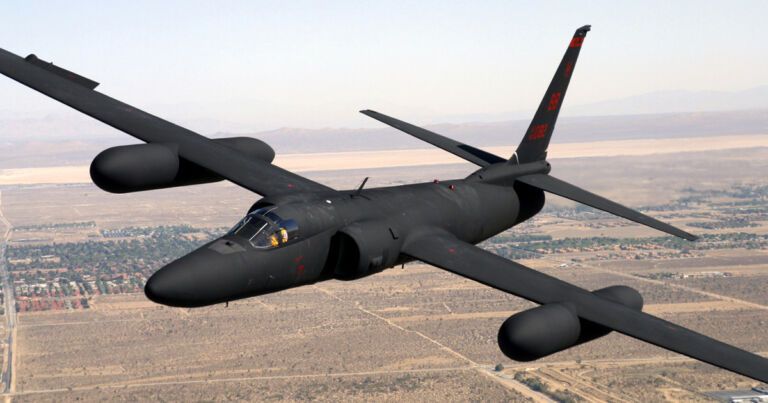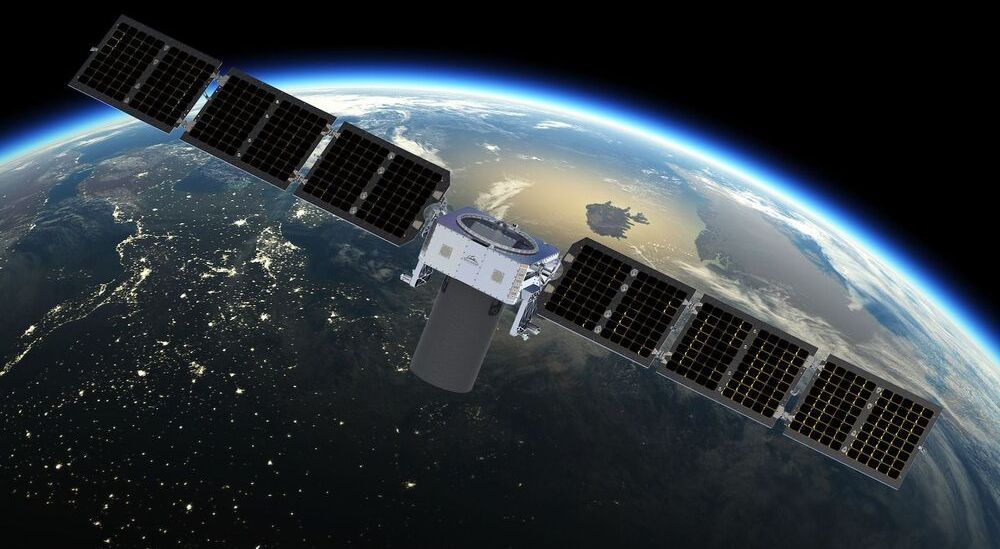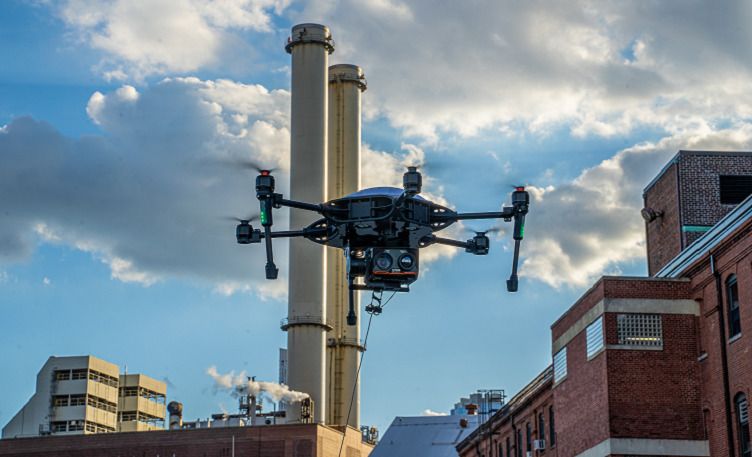The French military is starting exploratory work on the development of bionic supersoldiers, which officials describe as a necessary part of keeping pace with the rest of the world.
A military ethics committee gave its blessing to begin developing supersoldiers on Tuesday, according to The BBC, balancing the moral implications of augmenting and altering humanity with the desire to innovate and enhance the military’s capabilities. With the go-ahead, France joins countries like the U.S., Russia, and China that are reportedly attempting to give their soldiers high-tech upgrades.





